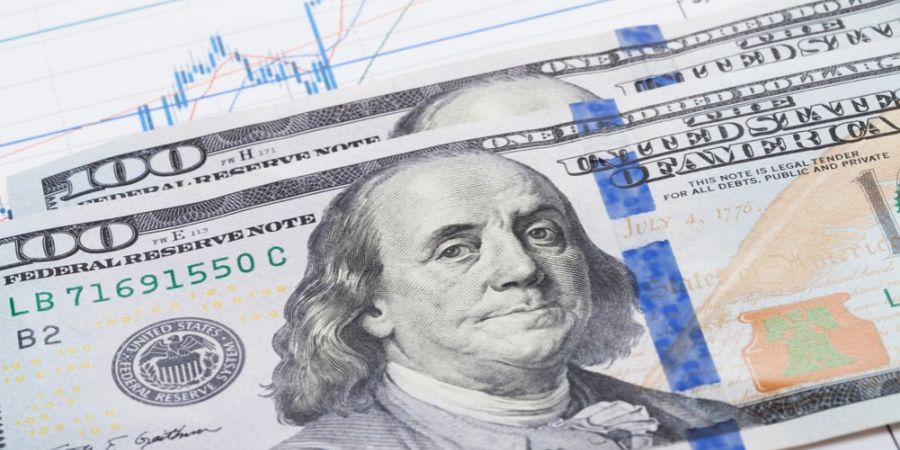Dollar bounces off tow-month lows; ECB seen cutting rates this week
- Markets in 2026: Will gold, Bitcoin, and the U.S. dollar make history again? — These are how leading institutions think
- Trump says Venezuela's Maduro deposed, captured after US strikes
- Bitcoin Price Surges To $90,000. U.S. Arrests Venezuela's President, Triggers Bull Frenzy
- After Upheaval in the World’s Largest Oil Reserve Holder, Who Will Emerge as the Biggest Winner in Venezuela’s Oil Market?
- U.S. to freeze and take control of Venezuela's Bitcoin holdings after Maduro capture
- Ethereum Price Forecast: Accumulation addresses post record inflows in December despite high selling pressure

Investing.com - The U.S. dollar rose in early European trade Wednesday, bouncing off two-month lows ahead of more clues of future monetary policy.
At 03:40 ET (08:40 GMT), the Dollar Index, which tracks the greenback against a basket of six other currencies, rose 0.2% to 104.265, after dipping below 104 for the first time since early April earlier this week.
Dollar strength likely to last
The dollar has gained over 3% this year, with most of this strength stemming from economic strength and sticky inflation keeping interest rates at elevated levels for longer than had previously been expected.
At the beginning of the year, traders had predicted the U.S. Federal Reserve would have cut rates at least once by now, while the latest interest rates futures are now suggesting the Fed will start easing policy in September.
The keenly-watched monthly U.S. employment report is due on Friday, but inflation is likely to be a more important variable in deciding Fed policy.
The Fed's preferred inflation gauge, released last week, showed that inflation was at 2.7%, considerably above the Fed's 2.0% target, suggesting the dollar could remain strong for an extended period.
"We think U.S. inflation could be picking up again by the middle of the year and the Fed easing cycle could be really very short, almost irrespective of when it does commence," said Jane Foley, head of FX strategy at Rabobank.
"That means even though the dollar will give back some ground, when the Fed starts to cut, the dollar is likely to remain relatively firm. It's not going to give back an awful lot of this year's gains and it's going to remain overvalued."
Euro weak despite eurozone PMI data
In Europe, EUR/USD traded 0.1% lower to 1.0873, even after data showed that eurozone business activity expanded at its quickest rate in a year in May.
HCOB's eurozone composite Purchasing Managers' Index rose to 52.2 in May from April's 51.7, its highest since May 2023.
Although it was a tad below a preliminary 52.3 estimate, it remained above the 50 mark separating growth from contraction for the third straight month.
The European Central Bank meets on Thursday, and markets price a 95% chance of a cut.
GBP/USD rose 0.1% to 1.2776, after the U.K. May composite PMI came in at 53.0, a small drop from the 54.1 seen the prior month, but still above the critical 50 mark.
The Bank of England holds a potentially pivotal policy meeting later this month, and traders are watching for clues on when its rate-cutting cycle will start.
Yen remains weak ahead of BOJ meeting
In Asia, USD/JPY traded 0.8% higher to 156.10, with the yen falling despite average Japanese cash earnings grew 2.1% in April, as did overall wage income of employees, with both indicators reflecting the increased wages won by major Japanese labor unions earlier this year.
The BOJ is expected to scale back some of its asset buying policies at a meeting next week.
USD/CNY traded 0.1% higher at 7.2466, even as private purchasing managers index data showed the country’s services sector grew more than expected.
Read more
* The content presented above, whether from a third party or not, is considered as general advice only. This article should not be construed as containing investment advice, investment recommendations, an offer of or solicitation for any transactions in financial instruments.

